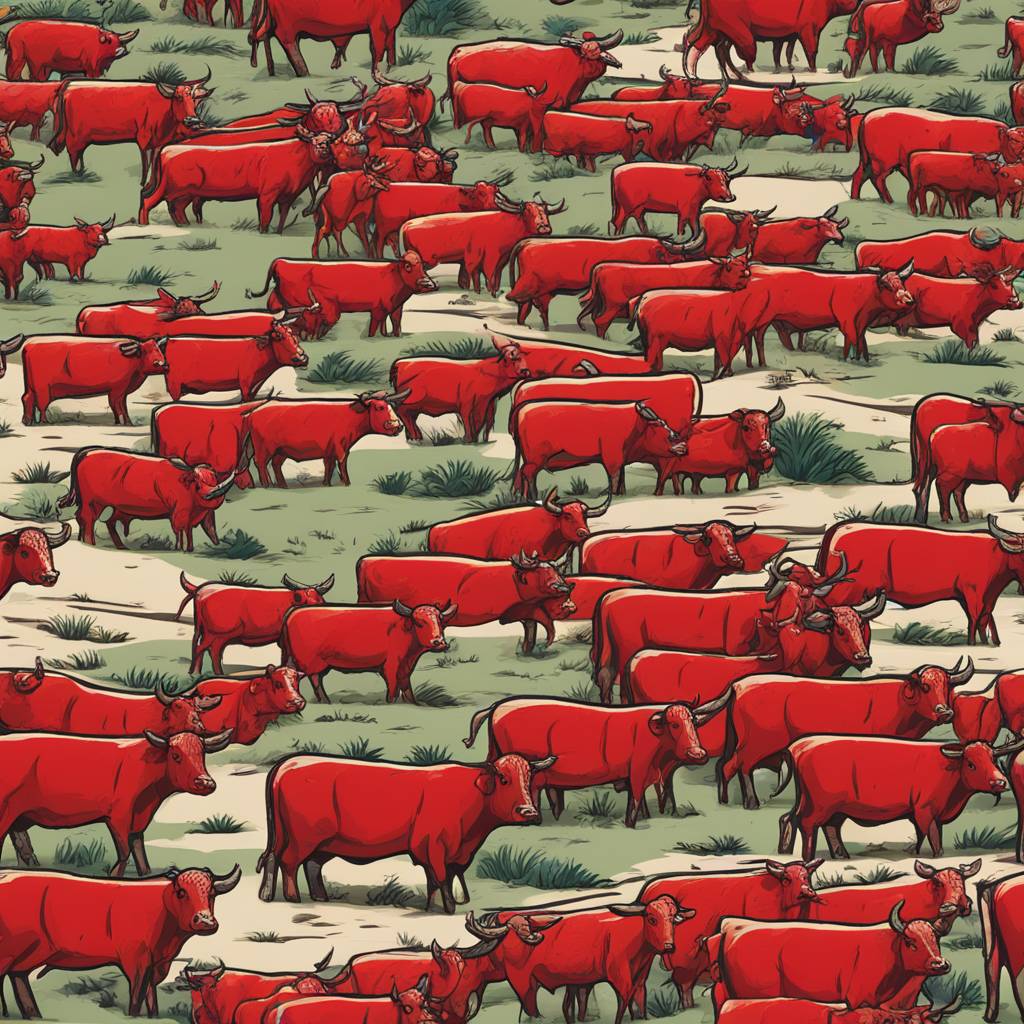The epicenter of the war in the Holy Land is not in the Gaza Strip, but in Jerusalem, where the holiest and most fiercely contested hilltop stands. Advocates of rebuilding the Third Temple are preparing for its reconstruction, complete with rabbinically-certified red cows for sacrificial rituals. Messianic Jewish and Christian supporters believe this would fulfill Biblical prophecy, bringing an era of peace and paving the way for the Second Coming of Jesus. The war in Gaza is seen by some as a step towards the building of the temple.
Hamas leaders draw on the symbolism of Jerusalem and the Temple Mount in their efforts to destroy Israel and establish an Islamic state. The significance of the site in both Jewish and Muslim traditions adds religious tension to the conflict. The push to rebuild the temple is seen as a part of the broader conflict by both sides. Palestinians fear that these efforts could set off a regional catastrophe, while Israeli Jews are divided on what should be done at the site.
The Third Temple movement, although a small minority, has gained momentum in recent years as Israeli politics have shifted to the religious right under Prime Minister Benjamin Netanyahu. While some support the rebuilding of the temple, others are wary of the movement’s potential to disrupt the delicate balance in Jerusalem. The legal situation regarding prayers at the site is complex, with Israeli authorities struggling to maintain a delicate status quo amid mounting tensions.
Non-Jews, particularly evangelical Christians, are among the most fervent supporters of the Third Temple. These supporters see the temple’s reconstruction as part of Biblical prophecy tied to the Second Coming of Jesus. Prerequisites for the temple, such as red heifers for purification rituals, have been secured from Texas. The presence of these cows in the West Bank settlement of Shiloh symbolizes the modern-day conflict and the deeper religious and nationalist struggles.
The conflict over the Temple Mount in Jerusalem reflects broader divisions within Israeli society, with deep rifts between religious and secular, left and right, and different Jewish communities. The push for the temple’s reconstruction is seen by some as a potential path to peace, while others fear it could further destabilize the region. The absence of progress towards a two-state solution has emboldened Third Temple advocates, who see new opportunities in the aftermath of the Gaza war.
As the region grapples with ongoing conflict and tensions, the future of the Temple Mount remains a critical and contentious issue. The deep religious significance of the site, combined with political upheaval and shifting dynamics, create a complex and volatile situation that is likely to continue shaping the Middle East conflict for years to come.








